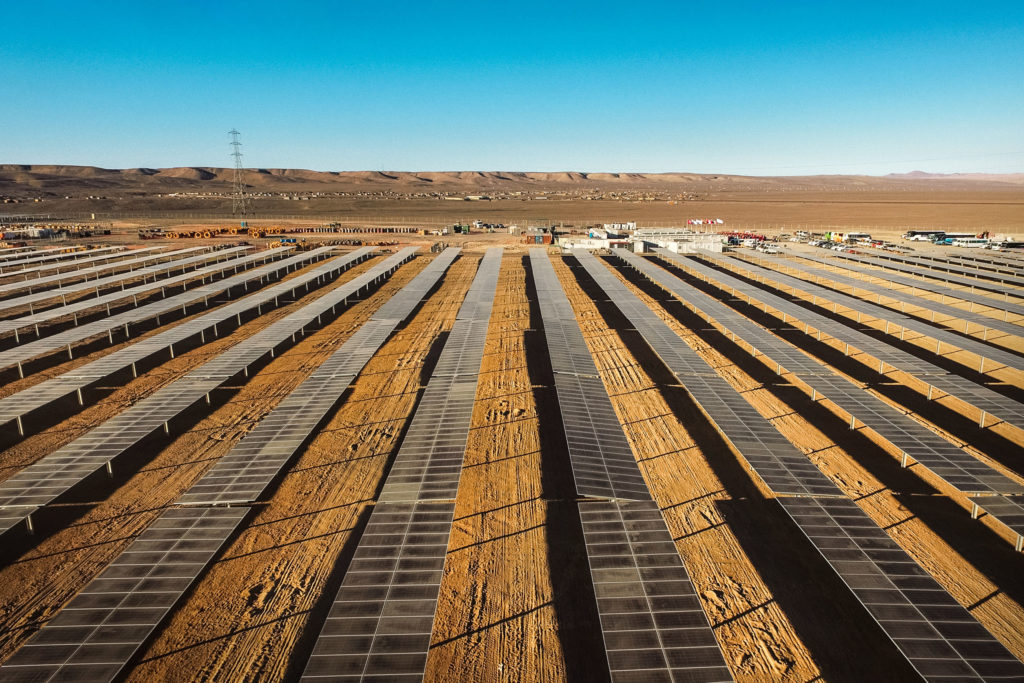The Ministry of Energy and Mines of Peru has submitted the Supreme Decree, which introduces the Distributed Generation Regulation, for public consultation.
In an interview with pv magazine, Juan Coronado explains that the new rules do not need parliamentary approval, in order to go into effect. Only Supreme Decrees require the signature of the President of the Republic. As such, it should enter into force in around 30 days, after publication in Peru's official bulletin.
The new rules introduce two types of generators, with two different tariff regimes. For power installations of up to 200 kW, the introduction of a net-billing scheme will allow the sale of surplus non-self-consumed energy to the grid, which will be paid through a system of discounts on electricity bills.
“There is still a lack of clarity about the tariff and the procedures necessary to access the scheme, but residential, commercial and industrial photovoltaics will surely have higher levels of development thanks to these new rules,” Coronado says.
“… already before the publication of the rules, the three segments had already shown a very interesting growth. We would like the government to facilitate the procedures and not charge unnecessary costs to home users, rural and SMEs,” he continues, adding that there is a great opportunity to support a new industry of installers, importers and manufacturers of PV systems.
The Peruvian government is also planning to introduce a remuneration scheme for renewable power projects of between 200 kW and 10 MW which, according to Coronado, is very similar to so-called Pequeños Medios de Generación Distribuida (PMGD) scheme in Chile.
This scheme awards owners of renewable energy generators bar prices, which are higher than those on the spot market, as they are calculated by the Peruvian energy authority according to supply and demand. In addition, the program ensures automatic connection to the medium voltage network, and guarantees that all energy production will be injected into the grid.
According to Coronado, this regulation does not currently include a price stabilization mechanism, which is necessary for the bankability of the projects. The electricity sold to the network, however, will be paid at the basic market price.
“Which is already good news, as in general is the creation of this scheme for medium-scale producers that demonstrates a new vision of support for renewable energy of the Ministry,” says Coronado. “It is very clear that rules closer to those of Chile could allow better financing conditions.”
The introduction of this secondary legislation is undoubtedly what the Peruvian PV market lacked in order to grow into a mature market.
Indeed, while Peru has been implementing actions and tenders for years to promote large-scale solar – before the end of the year, it is expected to announce another auction – a low level of rooftop PV development means it now needs to play catch up with the other Latin American countries, most of which now have rules for distributed generation.
This content is protected by copyright and may not be reused. If you want to cooperate with us and would like to reuse some of our content, please contact: editors@pv-magazine.com.




By submitting this form you agree to pv magazine using your data for the purposes of publishing your comment.
Your personal data will only be disclosed or otherwise transmitted to third parties for the purposes of spam filtering or if this is necessary for technical maintenance of the website. Any other transfer to third parties will not take place unless this is justified on the basis of applicable data protection regulations or if pv magazine is legally obliged to do so.
You may revoke this consent at any time with effect for the future, in which case your personal data will be deleted immediately. Otherwise, your data will be deleted if pv magazine has processed your request or the purpose of data storage is fulfilled.
Further information on data privacy can be found in our Data Protection Policy.